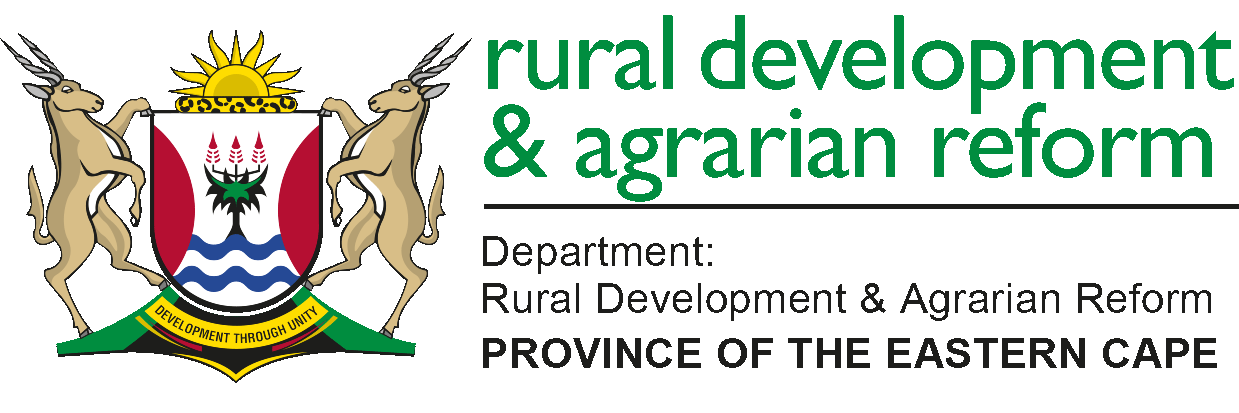LIVESTOCK died in large numbers in the OR Tambo region since the dawn of the prolonged drought that resulted in water shortages in many parts of the Eastern Cape Province.
Even when it rained, occasionally, the stock dams couldn’t hold enough water due to either silted catchments or damaged dam walls.
This prompted the Department of Rural Development and Agrarian Reform (DRDAR) to come up with a quick mitigation measure to help avert further mortalities of livestock.
To this end, DRDAR injected an amount of R293 000 towards scooping and desilting of stock dams across all local municipalities within the OR Tambo District.
This initiative has seen 15 dams being restored and in the process throwing a lifeline to farmers whose livestock would either be trapped in the silt and eventually die or perish as a result of thirst.
Dredging and augmentation of stock dams is one of the commitments DRDAR had made in the 2020/21 fiscal year as a response to water shortages that farmers cited as a hindrance to their growth.
Farmers of Ngxakolo and surrounding arrears under the Mhlontlo Local Municipality in Qumbu are already seeing the relief brought about by the restoration of the stock dams.
Lamla Mbuku who farms with cattle and sheep counted two cattle, four ewes and more than seven lambs that he lost after they were trapped in silt before their stock dam was dredged.
“Farmers around Ngxakolo are all relieved because the dam has been restored. And since the dredging we haven’t had any water shortages for our livestock –different seasons have come and pass without any worries about water for our livestock,” said Mbuku.
He recounted instances where farmers had to club together so they could hire a water cart to get them water for their livestock.
It was the same experience with the farmers of Lusikisiki under the Ingquza Hill Municipality where poverty is rife and majority of locals make a living from livestock farming and sales.
“This dam was informally known as a dam of death due to the high rate at which our livestock died whenever they came to it for water. Instead of driving our stock to the dam we’d rather gather around it so no animal gets close to because the catchment was filled with mud that trapped anything that stepped in,” said Dulamile Nomonti.
In some areas like the Port St Johns, the dams don’t only benefit livestock farmers but crop producers too.
According to Sipho Mbunguzane of Ndimakude Farmers’ Association in Port St Johns, their dam that has been scooped has cut down the mortality rate of livestock that died from drowning and at times fell from the cliffs on the way to the only river that serves both human and animals.
“The open area in the river is used by people for their needs and animals like cattle and sheep are forced to manoeuvre their way down the cliff in order to access water. Many have died there and farmers counted losses more than gains before this dam was augmented and dredged,” said Mbunguzane, adding that today they only herd their stock to the grazing fields and not worry how they are going to access water.
“If you can see around –vegetable gardens are green. All kinds of farmers are benefiting from the dam,” he said.
The dredged stock dams source water from streams and the rain with restored catchments allowing them to keep thousands of litres of water for difficult times.



